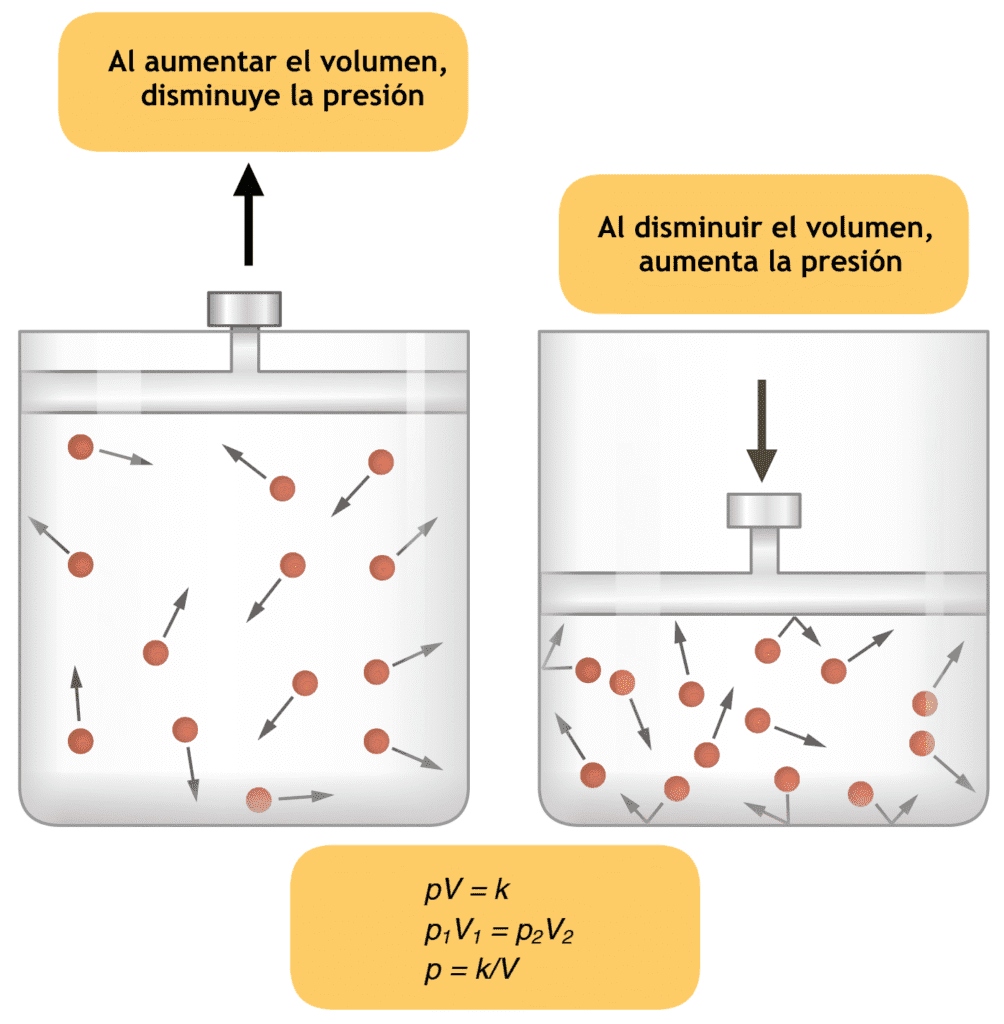Desflurane is an inhalational agent used in anesthesia that is similar to isoflurane except the chlorine atom of isoflurane is replaced by fluorine atom which produces significant changes in physical properties.
Physical Properties of Desflurane :
- It is colorless liquid.
- Pungent odor, so induction is not pleasant.
- Vapor pressure of Desflurane is very high (681 mmHg) and boiling point is less than 23°C, so it boils at room temperature that is why a special vaporizer (TEC 6) is required for its delivery. Desflurane vaporizer is agent specific and only desflurane has to be poured into it by special adapters. Desflurane vaporisers also have a separate colour coding to identify them.
Anesthetic Properties of Desflurane :
- It is the fastest acting induction agent (BIG coefficient 042), potency is medium (MAC is 6%).
- Induction is unpleasant and may at times manifests as coughing, breath holding or laryngospasm.
- Not a good analgesic, relaxation is moderate.
- Very low fat/gas coefficient, so excellent for obese patients.
Systemic Effects of Desflurane :
Cardiovascular system: Actions are similar to isoflurane except it does not cause coronary steal.
Desflurane is unique among present inhalational agents in stimulating sympathetic system if given rapidly at concentration more than 1 MAC (i.e., > 6%) so can be given to patients in shock (but at lower MAC it causes vasodilatation similar to isoflurane).
Respiration: Decreases minute volume and depresses ventilatory responses.
Cerebral: Desflurane increases intracranial tension more than isoflurane.
Hepatic and Renal: It causes no significant dysfunction.
Neuromuscular: It causes moderate relaxation.
Metabolism of Desflurane :
Undergoes minimal metabolism (< 1%) and does not produce any fluoride.
Therefore Desflurane is the agent of choice for:
i. Prolonged duration surgeries.
ii. Old age patients.
iii. Hepatic and renal disease patients.

